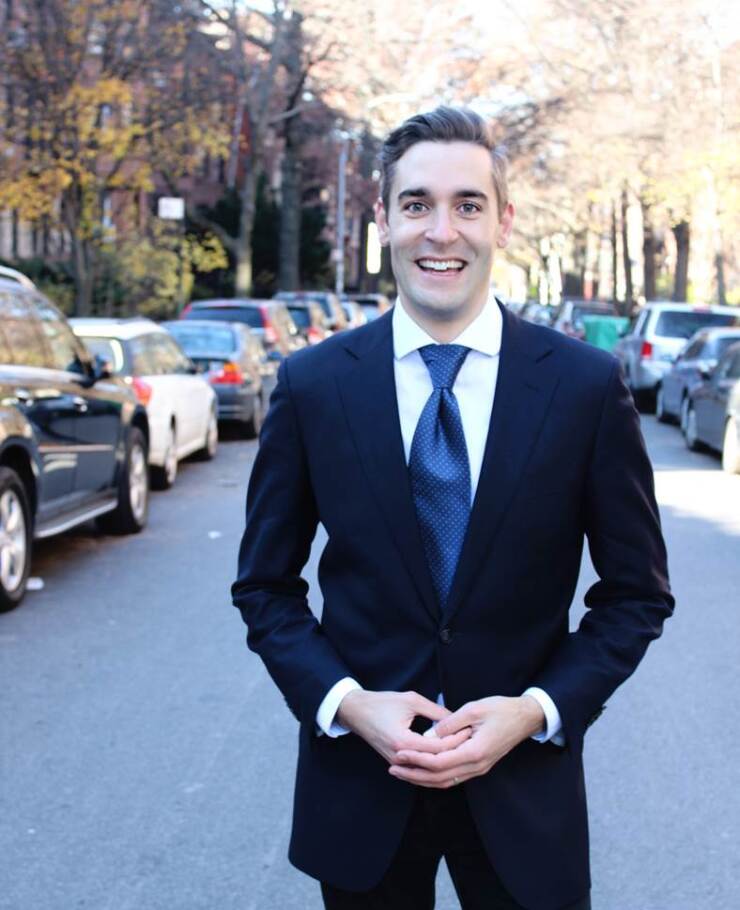What’s a bank to do when it feels it is doing a good job at diversity and inclusion, but realizes that many of its LGBTQ employees don’t feel comfortable being out at work?
More than a dozen mostly multinational banks have started using a business diagnostic tool from global business organization Out Leadership to help them measure inclusivity of staffers who identify as lesbian, gay, bisexual, transgender, queer or other.
RBC Capital Markets is one of the banks that participated in a trial last fall and is continuing to work with Out Leadership’s OL-iQ tool to assess its organizational culture.
“After participating in the OL-iQ survey, we are implementing a more rigorous way to measure recruitment, retention and development of our talent,” said Jeff Formanek, RBC Capital Markets’ director of structured rates. “This will give us more data around our LGBT+ inclusion strategy and allow us to measure our progress.”

The company, a member of Out Leadership, had already been lauded for its practices. For instance, it was on The Globe and Mail’s 2016 Canada’s Best Diversity Employers List. Still, Formanek said, it is important not to rest on the bank’s laurels.
“It’s sometimes very difficult to measure culture, as it is a living and breathing thing,” Formanek said.
When it comes to LGBTQ issues, major banks have tended to err on the side of inclusivity in recent years. For example, Bank of America took a stand against North Carolina’s “bathroom bill” and
While inclusion efforts' impact on the bottom line may seem nebulous, Formanek said there is a correlation.
“LGBT+ employees who are supported in an inclusive environment are more productive and able to bring their full talents to the workforce without the strain of covering who they are,” Formanek said. “By attracting and retaining the best talent at RBC, we are able to help our clients thrive.”
Indeed, Out Leadership quotes Goldman CEO Lloyd Blankfein on its website as saying “LGBT+ equality is not only a civil rights issue; it is also a business issue.” Blankfein is a member emeritus of Out Leadership's global advisory board.
Typically, banks interested in measuring their inclusivity efforts use the Human Rights Campaign’s Corporate Equality Index. It is not uncommon for the largest banks to receive a perfect score on the index, which focuses on policies and best practices. If everyone gets an A-plus, it is tough to benchmark one bank’s policies against another’s, though.
“Not to bash the HRC or the Corporate Equality Index,” said Matt Fouracre, Out Leadership's client and advisory services manager. “It’s a great tool that has changed the landscape for corporate inclusion, but it’s very focused on policy.”
By comparison, none of the financial institutions that piloted OL-iQ received a perfect score, said Todd Sears, founder and principal of Out Leadership.
“The driver for us creating it has been that we want these companies to be honest and open,” Sears said, rather than just trying to get a perfect score.
Still, the group said it views its tool as an extension of the HRC’s, rather than a competitor to it.
“We really think their work has been tremendous, and we're trying to build something off of what they've built,” Fouracre said.
The goal of the diagnostic tool is to find opportunities for improvement, not necessarily to make banks change their policies. It does this by measuring a company’s LGBTQ inclusion performance through more than 100 questions across seven dimensions: leadership; external communications and marketing; external engagement; philanthropy; company culture; and monitoring.
The weight of each dimension is determined by how many questions the developers put in each section of the survey. Leadership is the most weighted dimension. Monitoring is the least. Subsections are also given different levels of importance. For instance, a section about mentoring programs for developing LGBTQ leaders is more influential than the section about how many LGBTQ leaders already exist at the bank.
Out Leadership wants banks to see how they can weave inclusion into all of their operations. For instance, the diagnostic tool encourages banks to rethink “diversity training” and find ways to make inclusion part of the bank’s culture rather than being something imposed from outside, said John Schaefer, a spokesman for Out Leadership. The tool also pushes banks to be aware of how vocal their CEOs are on LGBTQ issues, to have diversity and inclusion employees report directly to the CEO, to include LGBTQ diversity themes in broader leadership development curriculum and to focus on why employees hide some parts of themselves at work.
“There are so many things that go into creating a workplace that is inclusive of the LGBTQ workforce as well as a company that can seize the opportunity from the LGBTQ market,” Fouracre said.





